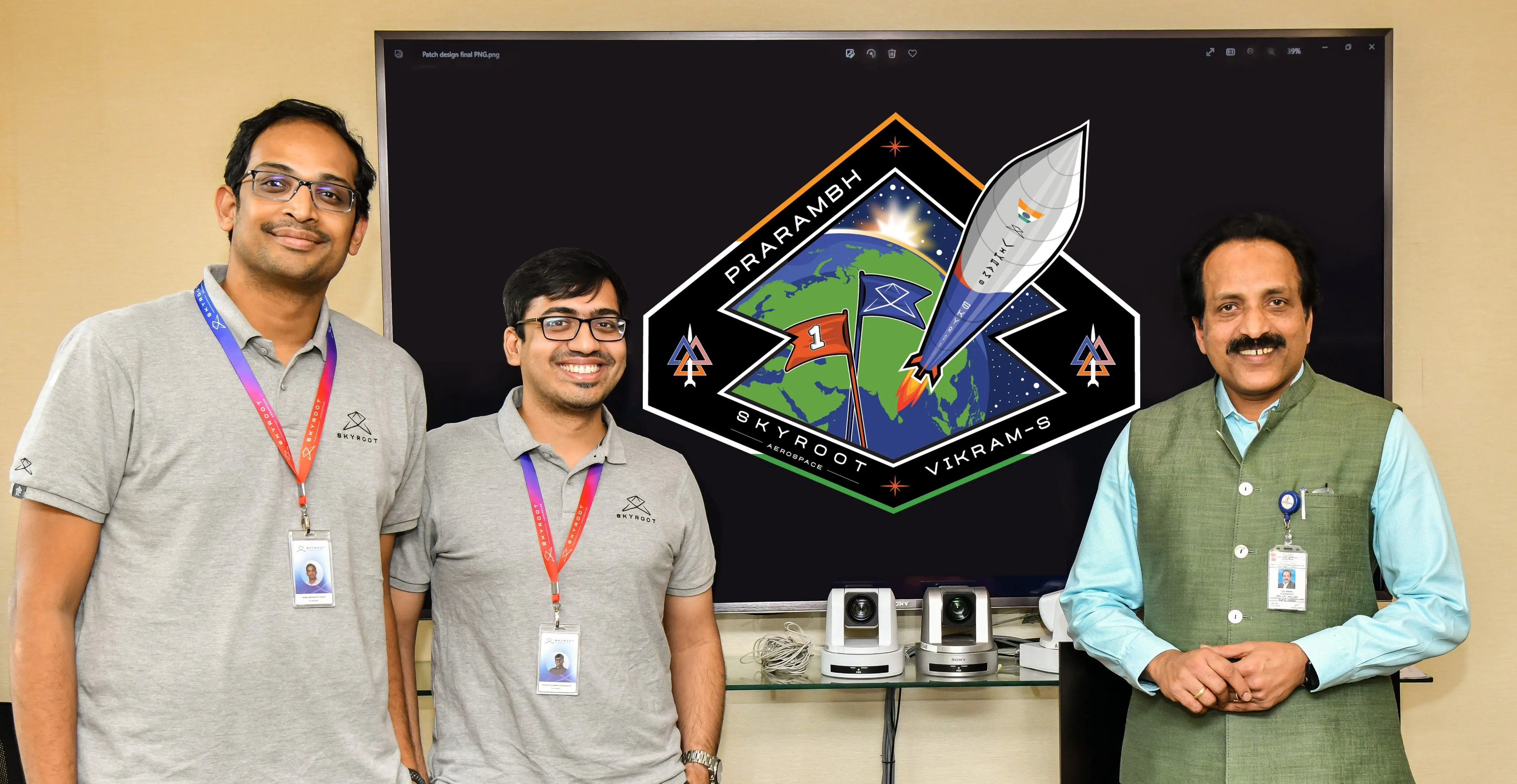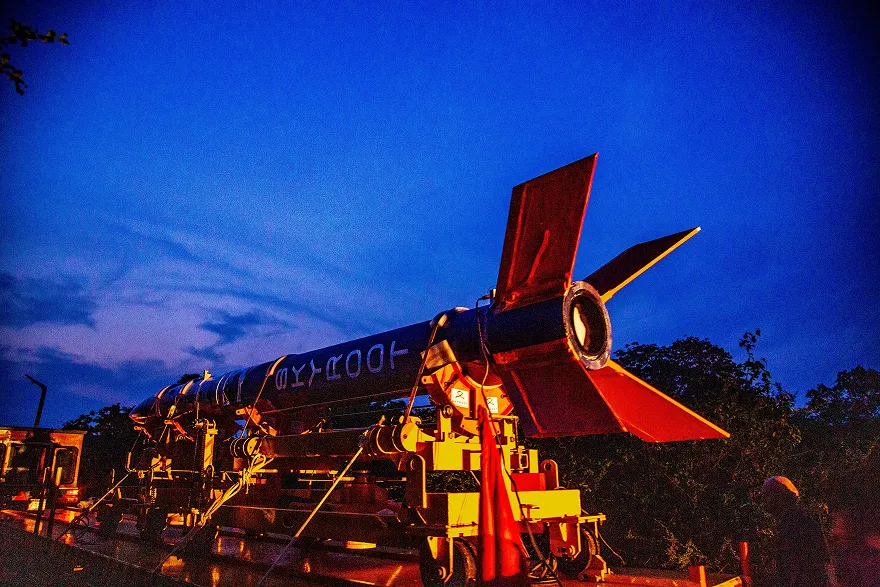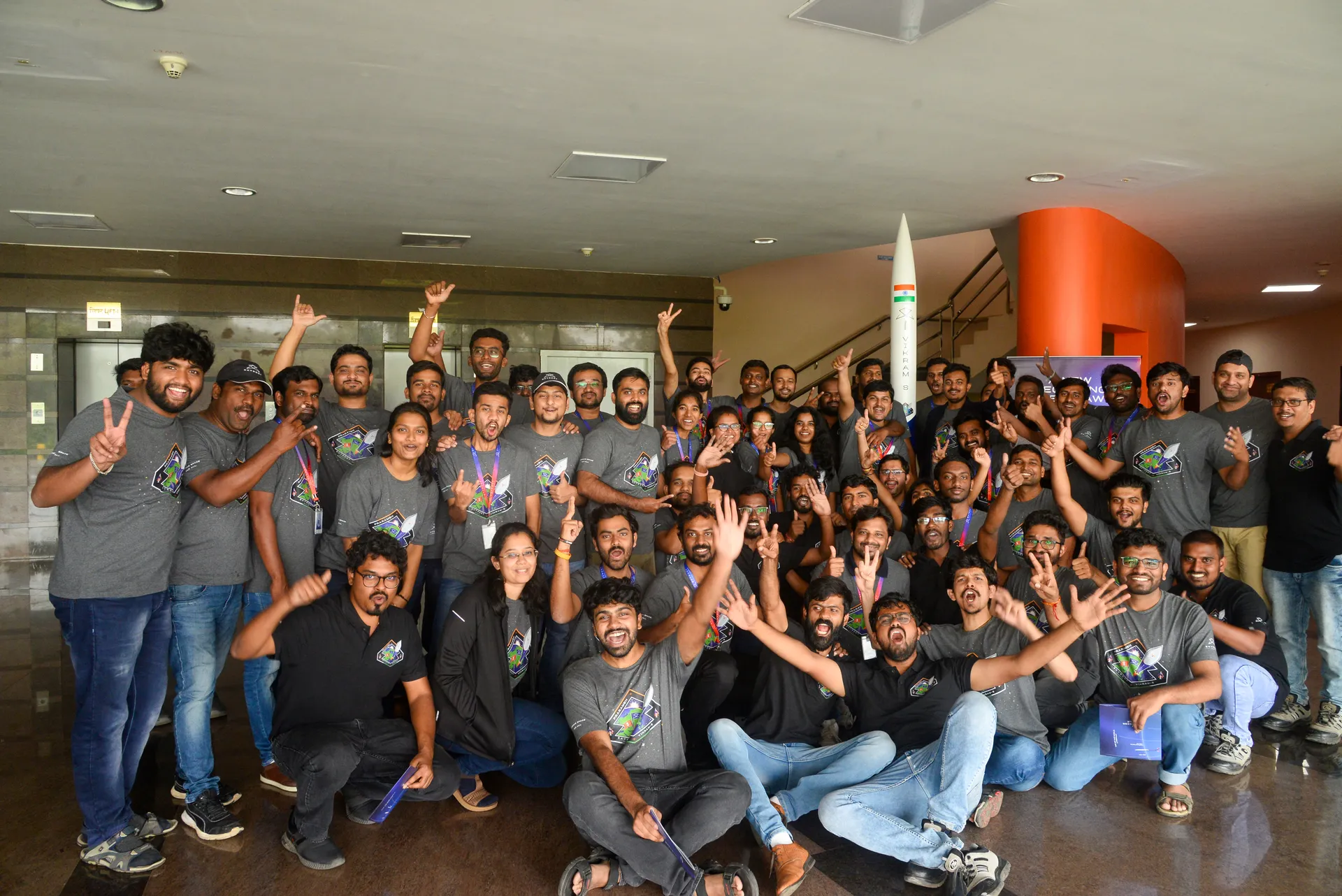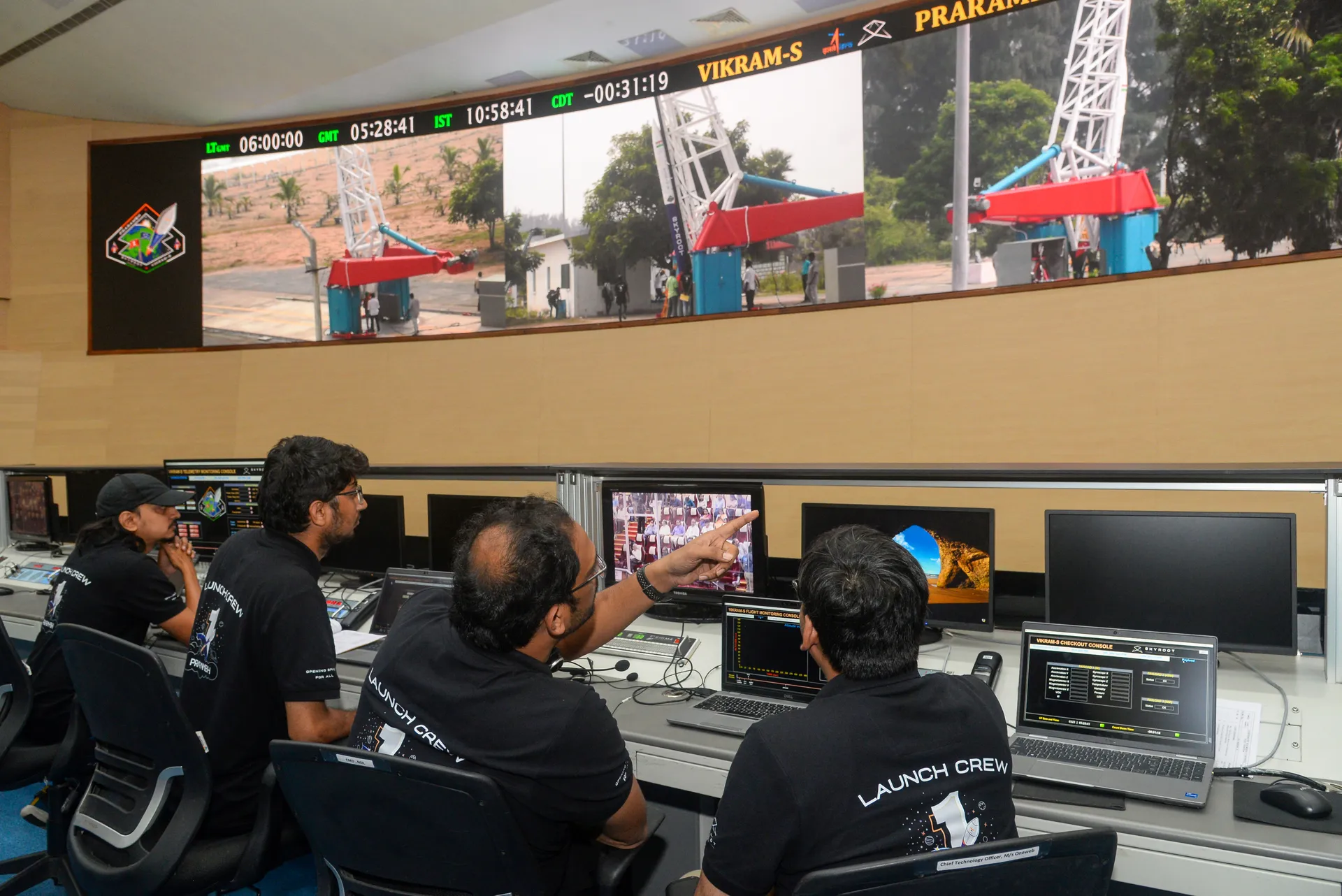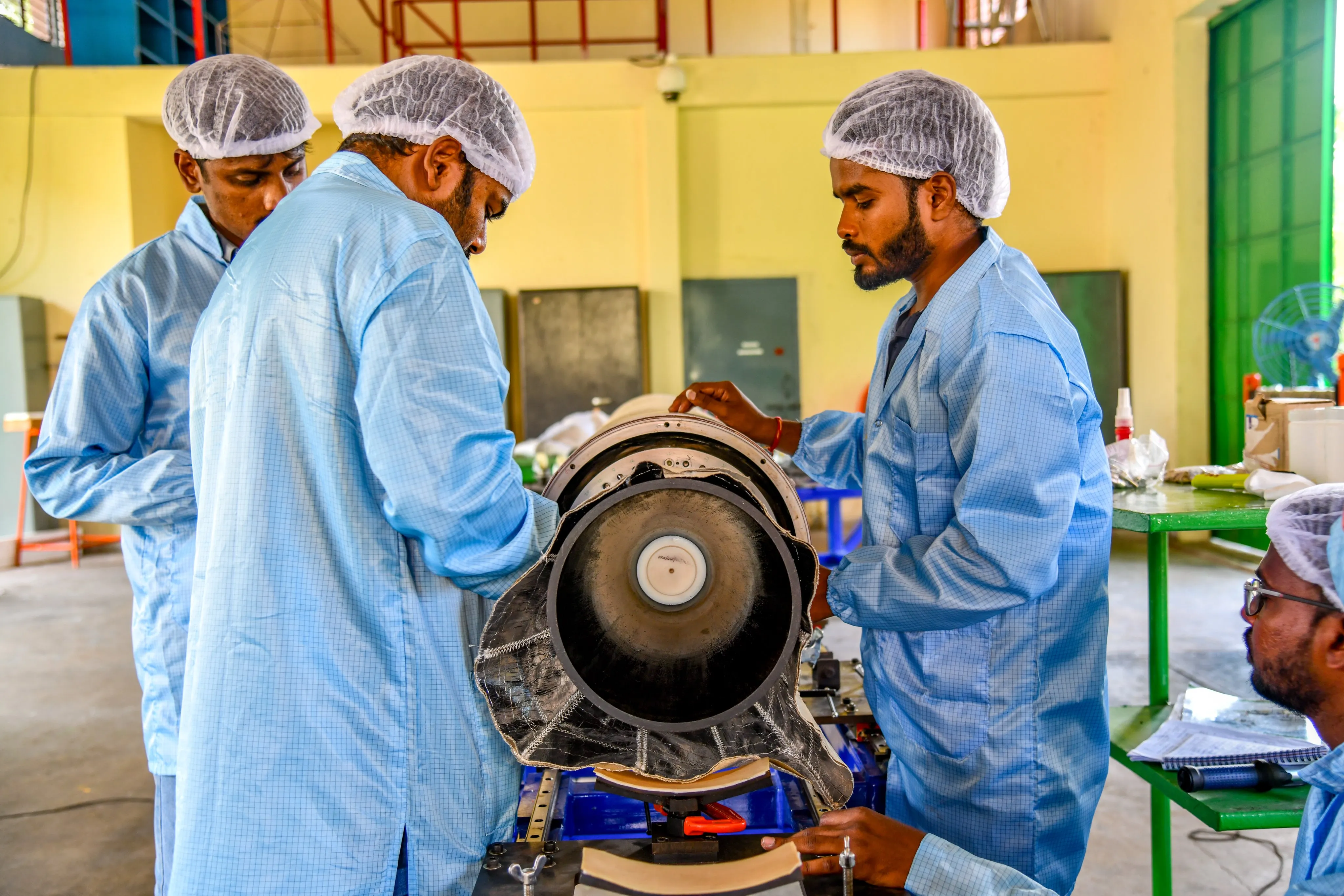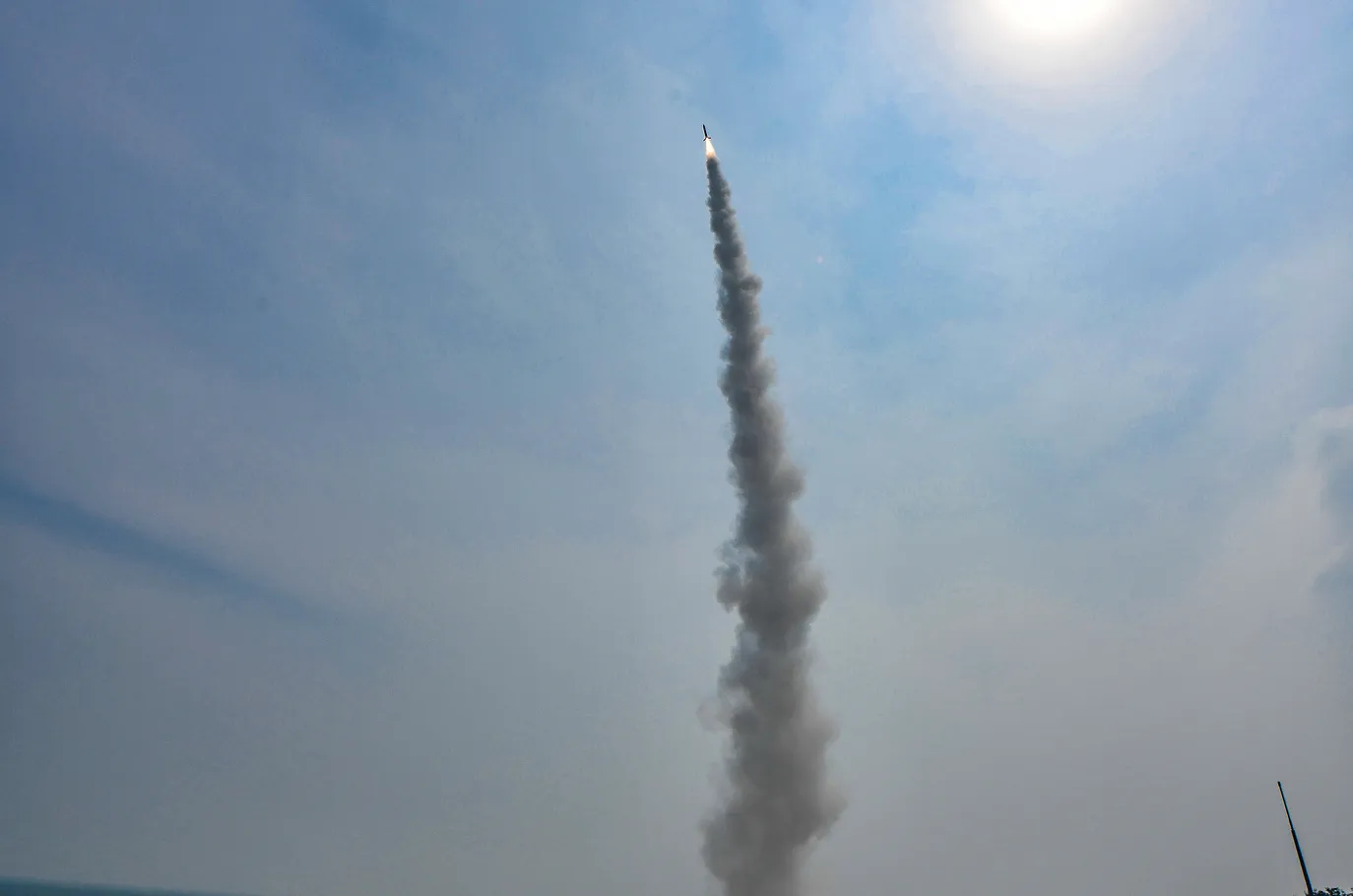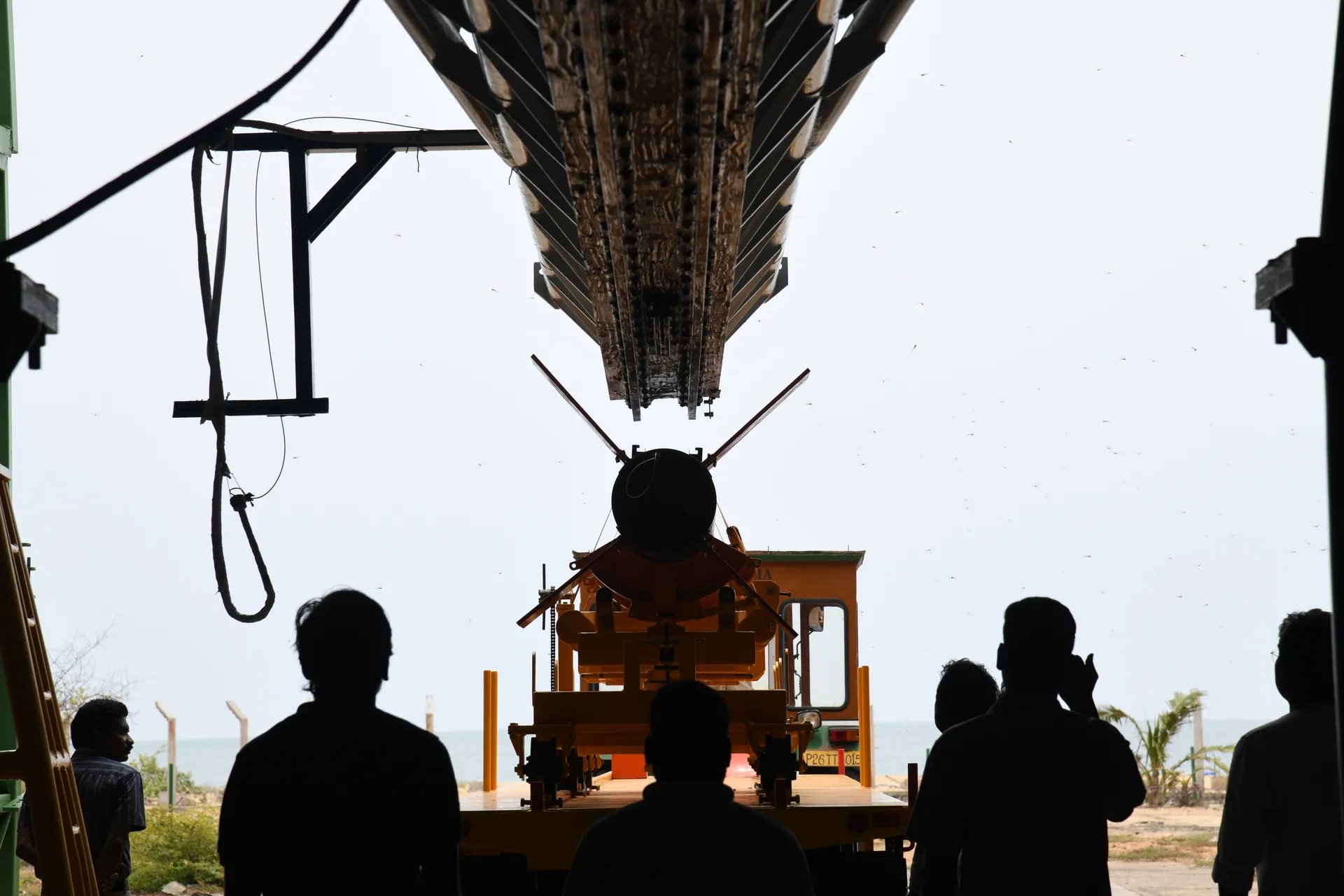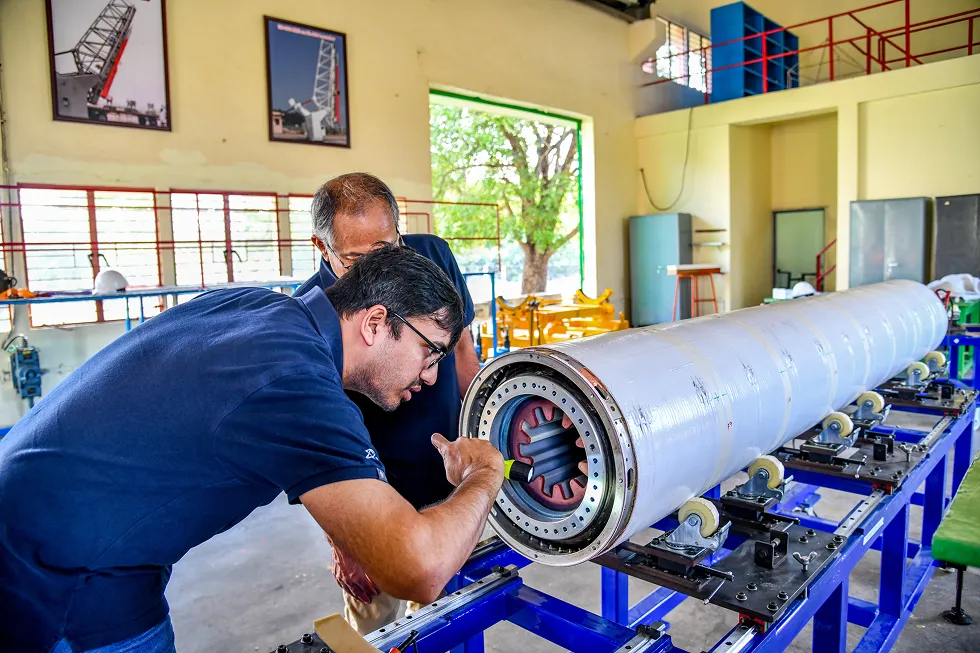November 18, 2022
Mission Prarambh
Breaking Barriers, Setting Precedents
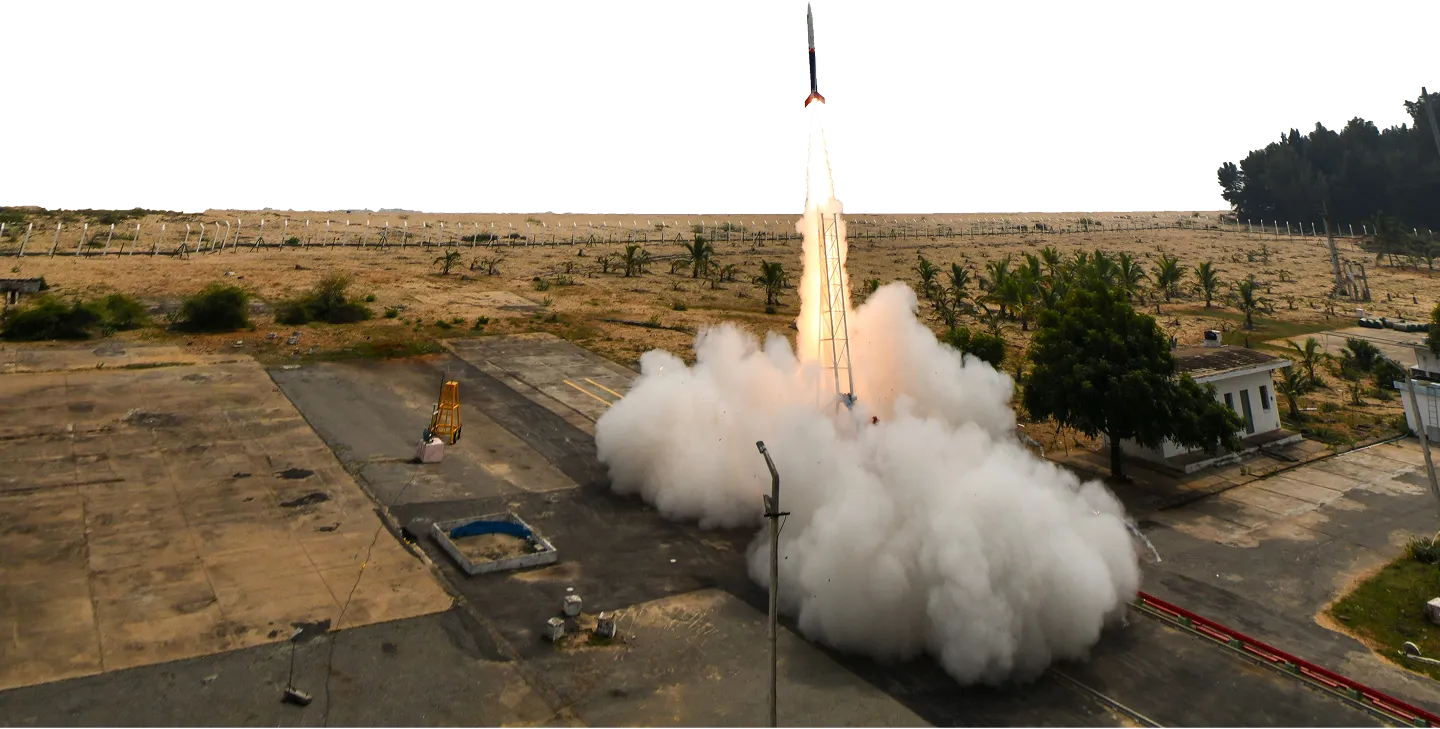
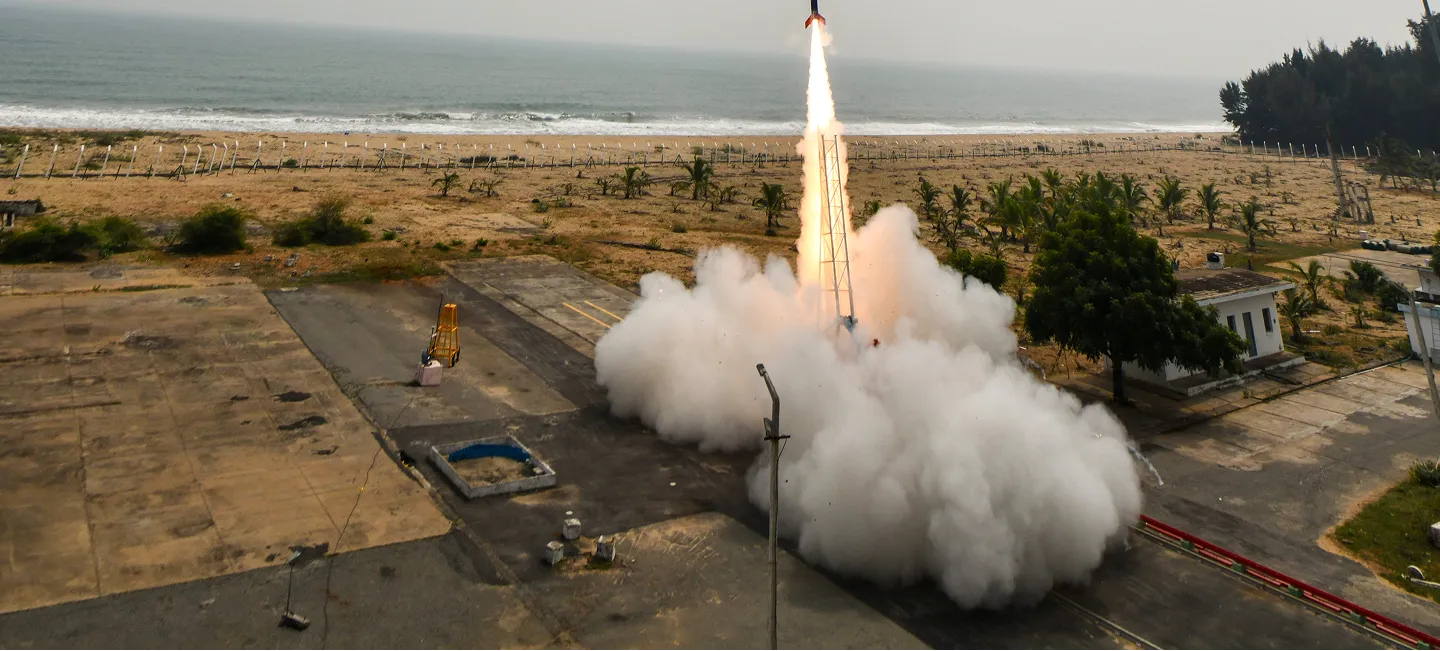
At 11:30 a.m. IST on Friday, November 18, 2022, we successfully launched Vikram-S on its maiden suborbital test flight from the Satish Dhawan Space Centre in Sriharikota, India.
This historic mission, named Prarambh ("The Beginning"), marked the first-ever private rocket launch from India. The single-stage solid rocket reached a peak altitude of 88.8 km and achieved a maximum velocity of Mach 5.07 during its 301.4 second flight.
Following a nominal ascent phase, the vehicle successfully completed its mission profile, splashing down 125 km downrange in the Bay of Bengal. The flight carried three customer payloads: BAZOOMQ Armenia, Space Kidz India, and N-Space Tech India.
The mission validated key technologies for the Vikram-series of orbital launchers, including solid propulsion systems, carbon composite structures, avionics, and telemetry. This successful demonstration paved the way for Skyroot's upcoming orbital launch vehicle, Vikram-I, scheduled for 2025.
Mission Parameters
Peak Altitude
88 kM
Range At Splashdown
125 KM
Peak Velocity
5.07 Mach
Total Flight Duration
301.4 Sec

Payloads
BAZOOMQ ARMENIA
SPACE KIDZ INDIA
N-SPACE TECH INDIA
Our mission validated
Propulsion systems
Vikram-S successfully demonstrated Skyroot’s in-house developed solid rocket motor and spin stabilizers, precisely propelling the rocket from launchpad to above the 80km line along the planned trajectory.
Next-generation avionics
The flight computer executed all mission events with precision, managing the vehicle's guidance, navigation, and control systems throughout the flight profile. This advanced avionics suite processed real-time telemetry data and maintained stable flight control from liftoff through splashdown.
Carbon composite structures
A first-of-its-kind in India, the carbon composite airframe performed nominally during all flight phases, experiencing peak loads of 14.8G and maintaining structural integrity at velocities exceeding Mach 5.
State-of-the-art flight dynamic
Vehicle aerodynamics and control systems functioned as designed throughout the mission, maintaining the planned trajectory to an apogee of 88.8 km. The flight validated key software and hardware systems critical for Skyroot's upcoming orbital launches with Vikram-I and Vikram-II.
Mission impact
Gallery
Upcoming Mission
VIKRAM-I
Following the successful demonstration of Vikram-S, Skyroot is targeting H2 2025 for the maiden orbital flight of Vikram-I from Satish Dhawan Space Centre.
LAUNCHING






